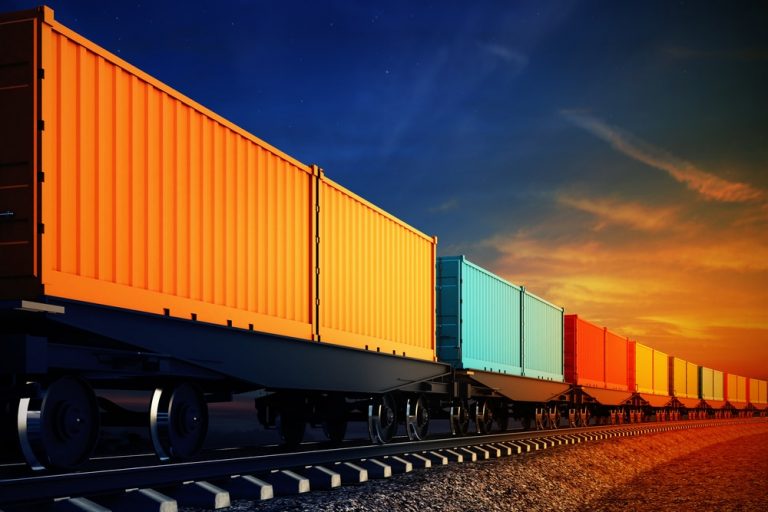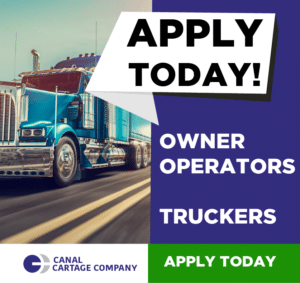One of the last commercial industries in the United States to enter into digital transformation is rail. This is not because there were not important productivity and cost-effective gains to be made by the rail industry. It has been more because of the regulatory challenges in place to change an industry that has relied on the same procedures and technology for decades.
Transmodal freight did not need to change because it was working. It met the demands of industries from coast to coast, with rudimentary technology. Now that is all about to change, because the Surface Transportation Board (STB) knows that it is time to ‘catch up’ and digitally disrupt rail freight. In a good and productive way.
Automation in the rail industry can improve safety substantially, while delivering more economical freight services to American businesses. Particularly solid and bulk raw materials shipped on volume to manufacturers across the country.
A new Final Offer Rate Review (FORR) proposal is shaking up the rail industry and threatens to put the much-needed innovation and automation of transmodal freight on hold (again) because of regulatory red tape.
Driverless Trains Will Come Before Driverless Autonomous Trucks According to Industry Insiders
The rail industry is preparing for a future where some transmodal deliveries will arrive in driverless or autonomous trucks, while others will still have a driver behind the wheel. The idea of transport trucks running on automated GPS from pick-up to drop-off is still in our opinion, decades away.
Many predict that there will always be an experienced CDL trucker in the front seat, supervising the driverless technology with an extra level of safety. Or ‘platooning’ which is when one CDL trucker would control several following trucks. Kind of like a convoy on remote control.
Nonetheless, mining companies are already testing autonomous trains as well in places like Australia. Driverless trains are possible before driverless trucks, and far less risky and complicated to deploy since trains run on programmable signals for traffic control already.
Right now, technology is being tested to allow a track and rolling stock inspection to be conducted by locomotives with smart track sensing tech. Detectors on railcars that can monitor wheels, bearings and brakes for issues are already being tested now in several countries. Of course, cameras would be installed on each car for both security and operational safety
And with the adoption of artificial intelligence (AI) programming, trains could be monitored and controlled without a human on board. Not much different than controlling your railroad set as a kid. But with bigger computers. Highly skilled engineers working for the rail freight company would be in a control room, monitoring multiple tracks and trains like air traffic controllers.
The Projected Future of Transmodal Freight Demand in the United States
In 2015, the Surface Transportation Board (STB) was authorized and given a new mandate; to regulate economic activity and ensure that surface transportation would continue investment in modernization. It has taken four years and the Board is still discussing several rules and measures that would shake up the rates that transmodal (rail) freight carriers could charge.
And that is creating a legislative bottleneck. The Final Offer Rate Review (FORR) proposal was meant to move things along. But according to transportation industry experts, it could not have been introduced at a worse time. What it does is try to cost comparison a “reasonable rate” that can be charged by rail freight providers, in an effort to keep fees competitive.
Truck drayage services remain the preferred method of freight transportation. However, when dealing with bulk containers, or hazardous material freight that has to travel a long distance (two states or across the country) transmodal services provide a significant savings for commercial businesses.
Why Automation and Technological Advancement in Rail Freight Systems is Needed
Rail freight management is not without safety risks to both cargo and to operational personnel. According to new data released in March 2020 via Statistica, from 2013 to 2019, the United States freight rail industry registered 937 fatalities. That is about 156 fatalities of rail operators and technicians resulting for technical or human error factors.
Current Positive Train Control technology is meant to reduce accidents that are caused by human error. Railway tracks already have sensors, but they are only installed on about 60,000 miles of the national rail network. The PTC is supposed to prevent train to train collisions, derailments, and rail deflections (frequently caused by excessive speed and human error).
The Rail Safety Improvement Act of 2008 (RSIA) required an improvement to rail technology. It implemented a deadline of 2015 for every mile of track to have Positive Train Control (PTC) technology installed. The deadline came and went, and a new 2018 extension was provided. But legal, budgetary, and technical complications have slowed progress.
In the United States there are 140,000 miles of rail network track, and over 100,000 bridges as part of that infrastructure. In 2019, there were 150,000 Americans employed by Class One railroads. Since 2015, $6.4 billion dollars has been spent on deploying PTC on American railways. By the end of 2020, the cost is projected to rise to more than $10 billion U.S. with a high probability that 100% installation will still not be completed by year end.
The New Regulations Are Aimed at Completing PTC Deployment With Penalties
The Surface Transportation Board (STB) has acknowledged that progress has been unacceptable in the technology update of Class One railroads, which are essential to improving transmodal services for commercial freight. Now the STB faces a battle to prove that further investment in the digital transformation of railways will provide an economic payoff, by improving logistical efficiency.
And the STB also has to wrestle with new safety regulations and laws that will have to be written to govern the new automated railway technology. And that means working with the private sector and rail freight providers to come to a regulatory agreement. And that could take years, and further delay the safety and efficiency improvements needed for American commercial transmodal rail services.



